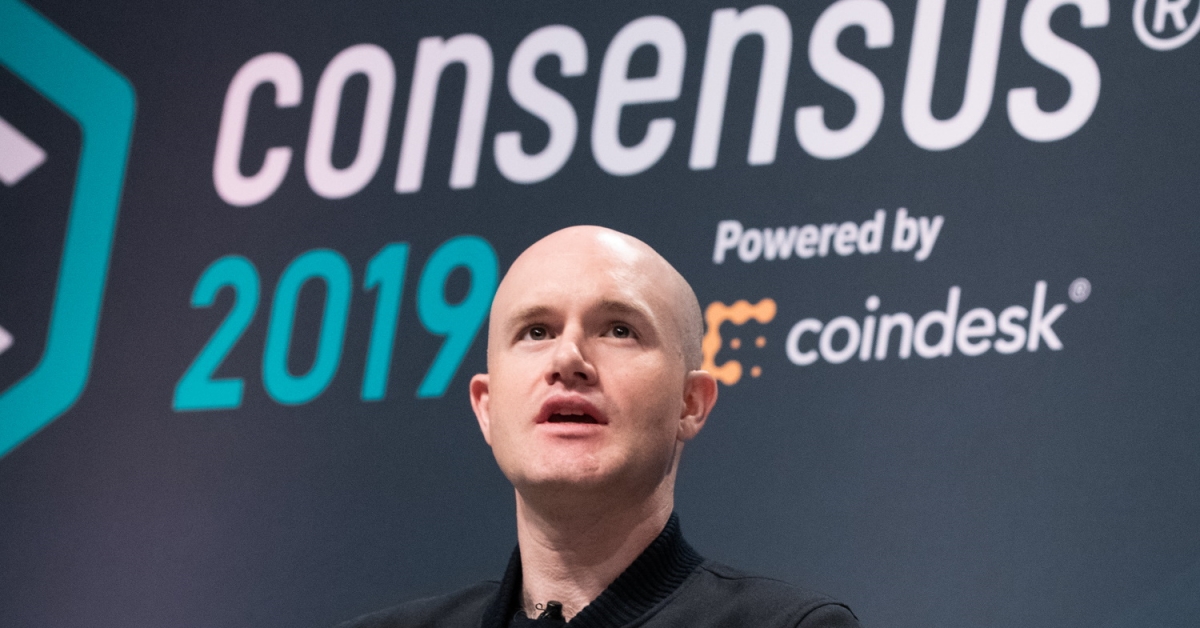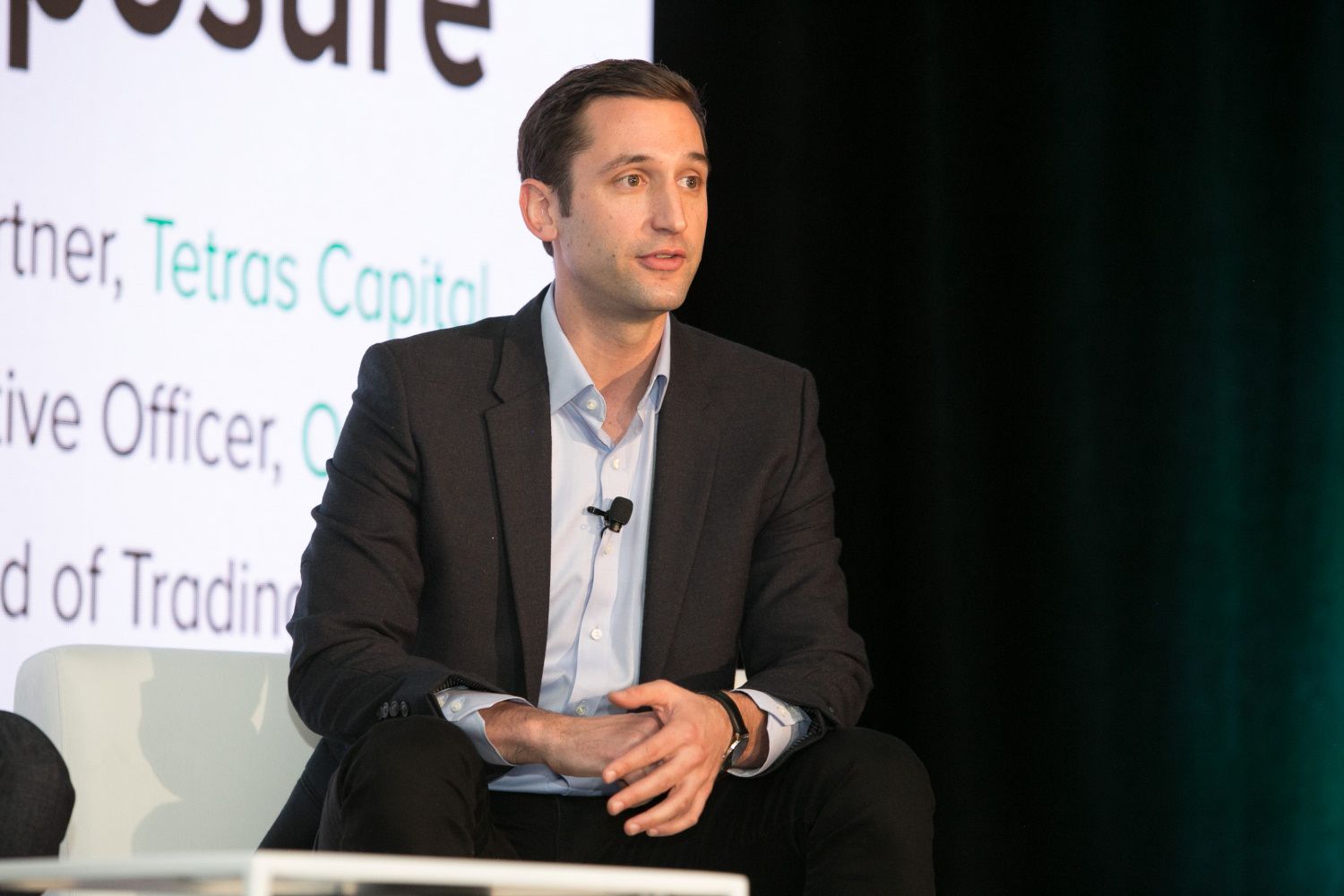What Can You Do With a Blockchain Token That Is Classified as a Security?
At last count, the U.S. Securities and Exchange Commission’s (SEC) enforcement division has singled out at least 68 blockchain tokens as being securities. This is the running tally of cryptocurrencies named in the SEC’s various lawsuits filed against crypto companies, promoters and developers over the years. With “bluechip” tokens including Solana’s SOL and Cardano’s ADA tokens, alongside the dozens of other assets with greater or lesser utility, on the list, the SEC is essentially saying assets together worth over $100 billion (i.e. something like 10% of the total crypto market cap) are being illegally traded.
This is an excerpt from The Node newsletter, a daily roundup of the most pivotal crypto news on CoinDesk and beyond. You can subscribe to get the full newsletter here.
This is to make no mention of SEC Chair Gary Gensler, who has made his opinion known that almost all crypto tokens fall under his remit. Besides bitcoin (BTC). And maybe ether (ETH), the native token of Ethereum. Would it be nice if there was more clarity around the primary asset used by the second-largest blockchain by value and the top network by number of active users? Obviously, yes. But despite Gensler’s remonstrations that the rules are clear, there’s remarkably little that can be said for sure about crypto’s current regulatory standing – at least in the U.S.
Take just one reasonable question: what could users do with a token that’s been labeled a “security?” At one level, a word is just a word, and if a blockchain truly is “sufficiently decentralized” then users should be able to trade its token and use its open source code whatever the law says. These are stateless networks, after all. So what can a user do with a token that is a security? Everything you could with a token before it was declared a security.
However, this understanding would be to ignore the fact that many of the world’s crypto users access these networks and buy these assets using centralized exchanges and services. And centralized exchanges and service providers generally have to follow the rules. If users cannot access a token because crypto’s on-ramps cannot list it, then discussions about “stateless currencies” and open source access are moot for many people. So what can a user do with a token that’s a security? Everything and nothing, depending on the limitations set by the SEC.
According to drastic, the general counsel for compliance-friendly trading and rewards platform Bakkt, the classification of a token as a security has two main impacts: it affects the disclosures companies need to provide to prospective investors and the manner in which an asset can be offered. These restrictions could limit the type of platforms that can legally offer an asset, like registered broker-dealers, securities exchanges and other trading systems, and whether more than “accredited investors” can trade the tokens.
“We don’t believe that classification drastically impacts the use cases for those tokens,” D’Annunzio said in an email. However, it clearly matters whether companies like Robinhood, Coinbase and eToro want to provide access to a token and whether they can legally do so. It’s here that it might be worth rephrasing the question: Are we heading towards a world where upstanding citizens in the U.S. cannot trade Cardano’s ADA or Solana’s SOL?
As mentioned, these are two tokens named as securities in the SEC’s recent lawsuits against Coinbase and Binance, and two of the largest tokens that some (but not all) trading platforms decided to delist. Trying to get a hard answer out of a lawyer about the specific qualifications they used to determine whether to keep or delist a token is like pulling teeth. Solana and Cardano, at least to my mind, have as much of a claim to be called decentralized as most other blockchains, but it’s within the realm of possibility that trading of SOL and ADA is severely restricted in the U.S. If this sounds like an exaggeration, there’s an antecedent.
In 2020, the SEC launched a lawsuit against Ripple, the corporate entity perhaps most-closely associated with the XRP cryptocurrency. The SEC alleged that XRP is a security, and that Ripple illegally sold over $1 billion worth of tokens. The SEC’s case is essentially that XRP meets the qualifications of the so-called “Howey Test,” or one of the standards enacted during the 1930s to determine whether an asset is an “investment contract.” An asset passes (or fails, depending on your POV) if it is an investment of money in a common enterprise with the expectation of profit to be derived from the efforts of others.
By that definition it often seems as if cryptocurrencies at least resemble securities. Most people buy crypto, truth be told, because they expect to make a profit based on the success of some network or application that is built and maintained by other people. There’s no going around that, even if a token often has other utilities (or in the case of non-fungible tokens, the “intrinsic value” of being associated with a work of art).
However, there are many cases where it’s clear a token is being used for more than speculation and also many reasons it would be worth considering the novel attributes of cryptocurrencies that set them apart from traditional assets like stocks, bonds and exchange-traded funds (i.e. the SEC’s bread and butter). But more on that later.
What is important here is that after the SEC said XRP is a security, most exchanges in the U.S. delisted the token. If you look at CoinMarketCap today, you’ll find that XRP is still doing fine. It’s the sixth-largest token by market capitalization three years after the SEC first sued Ripple. Though you’ll notice almost all of the XRP trading volume is on offshore exchanges – except for the pittance traded on U.S.-based Kraken.
In a way, this is likely the clearest example of what you could expect if any token is found to be a security: It will likely be inaccessible to U.S. users, given the current exchange ecosystem, but be available for trading around the world to anyone with a Bithumb, Bitstamp or KuCoin account (and in the U.S., if you have a VPN). Astute readers might note I left Binance – the largest U.S. exchange, by far – off that list. That’s not only because it’s currently being sued by the SEC, but to make the next point.
Today, Binance sees more trading activity of XRP than every other exchange combined (though if the SEC is to be believed, there’s also a lot of wash trading). If Binance didn’t exist, however, that trading activity would simply move elsewhere. Blockchains are open and their tokens are always accessible to trade peer-to-peer with the right know-how, and so if there is enough demand someone will always try to find a way to supply those tokens easily.
I’d go a step further in saying this is likely the case even under the catastrophic scenario where crypto is banned by every nation on Earth, which for a variety of reasons – including the recent regulatory advancements in Europe and Hong Kong and the game theory position that some nation somewhere would probably like to be sole regulator of a lucrative industry – is not going to happen. A more likely scenario is that some regions will be friendly to crypto and some will be hostile, and so crypto will always have a home.
Crypto’s regulatory uncertainties stem in part from the fact that the industry’s most important projects are universalizing technologies. Because there’s a part of crypto that functions like a boundless natural resource (like coal to mine, or a river to bend), many have argued the entire industry should be left untrammeled by regulators or treated like commodities of the Earth and put under the purview of the Commodities and Futures Trading Commission (CFTC). Not everyone agrees.
Bakkt, for instance, acquired a broker-dealer entity in early 2023 because it “will be useful for the offering of those tokens that are determined to be securities,” D’Annunzio said. Several other companies have taken a similar approach including BitGo and Coinbase. These licenses satisfy some of the surveillance requirements the SEC has been asking for, but it is not a complete approach for all of crypto’s regulatory uncertainties. Who exactly should draft a cryptocurrency’s risk disclosures? In just one case, would it be SOL’s validators or the Solana Foundation?
Crypto lawyer Gabriel Shapiro has argued that cryptocurrencies are essentially shares in collectively-owned (through token holders) and employee-run (miners or validators) not-for-profit corporations. A token is “the closest one can come to acquiring equity in a network that is not owned by anyone,” he wrote. What makes crypto totally distinct from traditional equity like stocks however is that the technology is always open by design. There can be rules that limit on-ramps ability to provide trading services, but the networks themselves are supra-regulatory.
“The SEC appears to be interpreting the Howey Test liberally when it comes to determining which tokens may be securities,” D’Annunzio said. “While these issues ultimately may be resolved through litigation and/or federal legislation, the SEC’s viewpoint is certainly relevant in the current landscape.”
In a sense, the classification of cryptocurrencies as securities effects who can access a token, but not what they can do with it.









